- Joined
- Jun 25, 2017
- Messages
- 908
X
Last edited:
That stuff, whatever it is doesn't bother me at allLet me rephrase that: It's actually some kind of tar, based on quenching oil. The axe that I'm getting has it on it as well. I believe the granular surface is a mixture of carbon and tar. When you sand it of (haven't found another sollution except for wire brushing, which takes ages). There is usually some very light rust underneath, although that can cause some pitting over time. The Kent pattern axe in this topic had it on it as well, and my goosewing had it to. Other axes that I had had it as well. The only other in my collection that had it on it is the French Carpenters axe. You don't see it on current production axes anymore in europe, but you do see it on models dating 1970 all the way up to the middle ages....
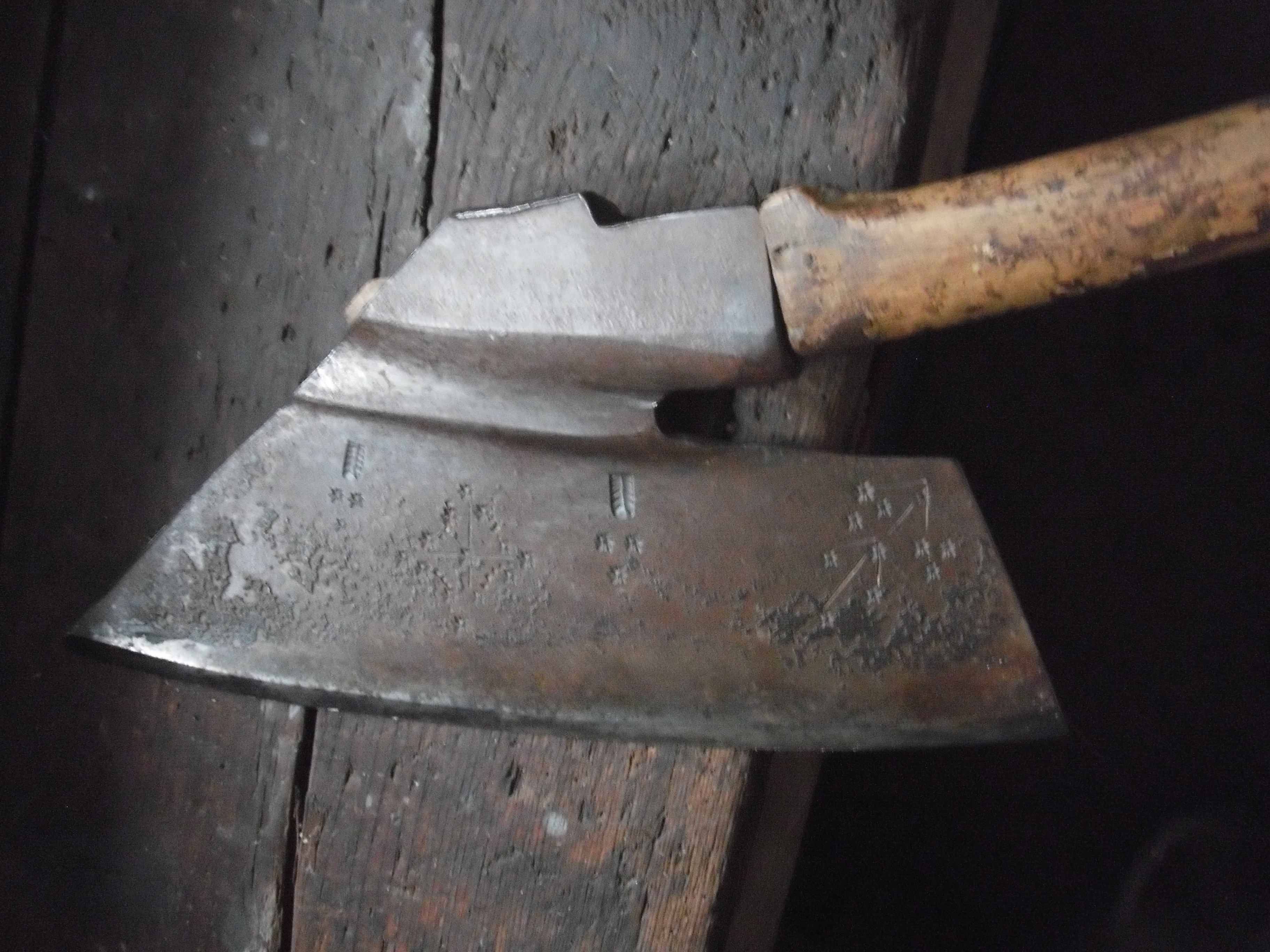

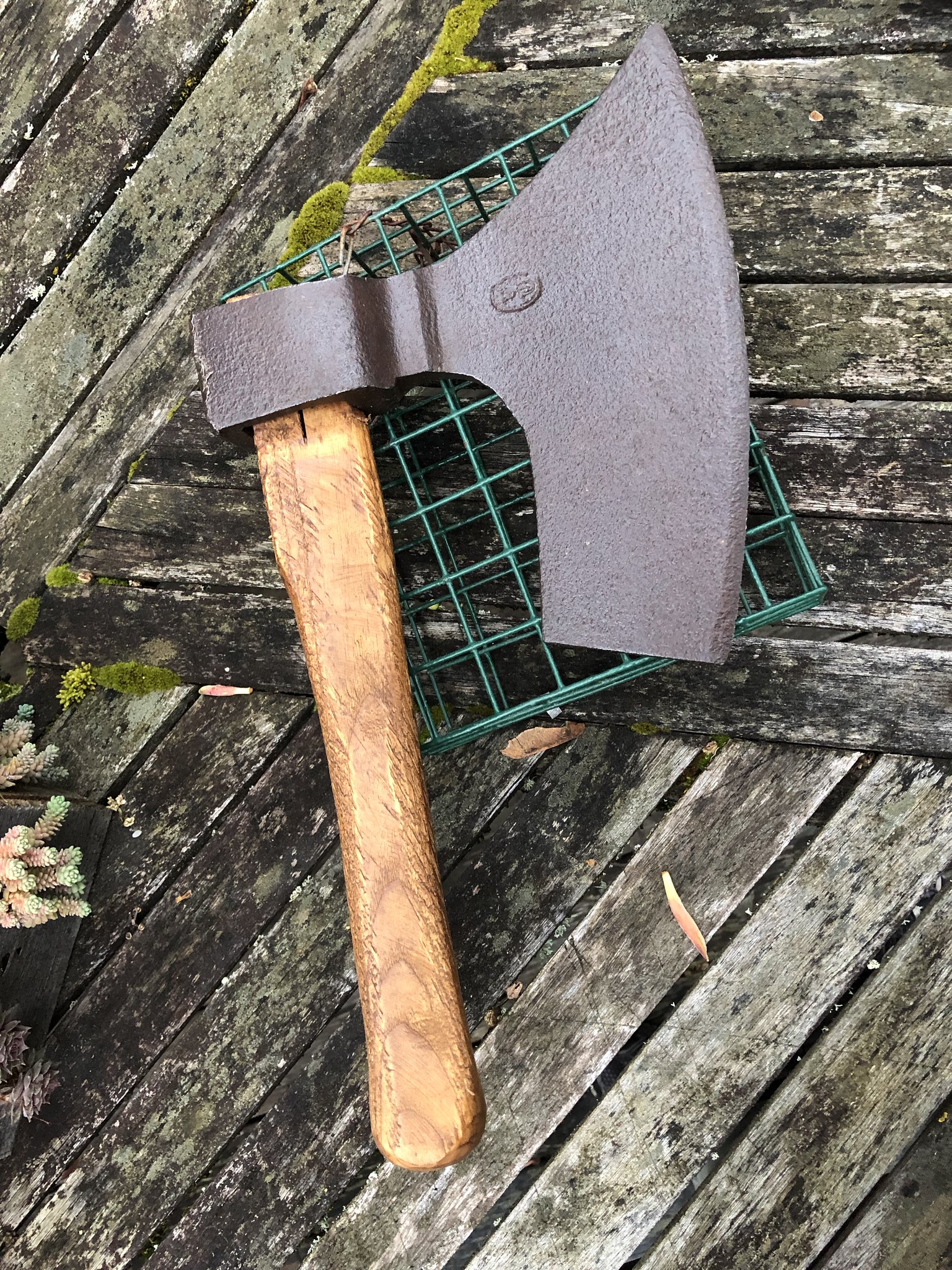
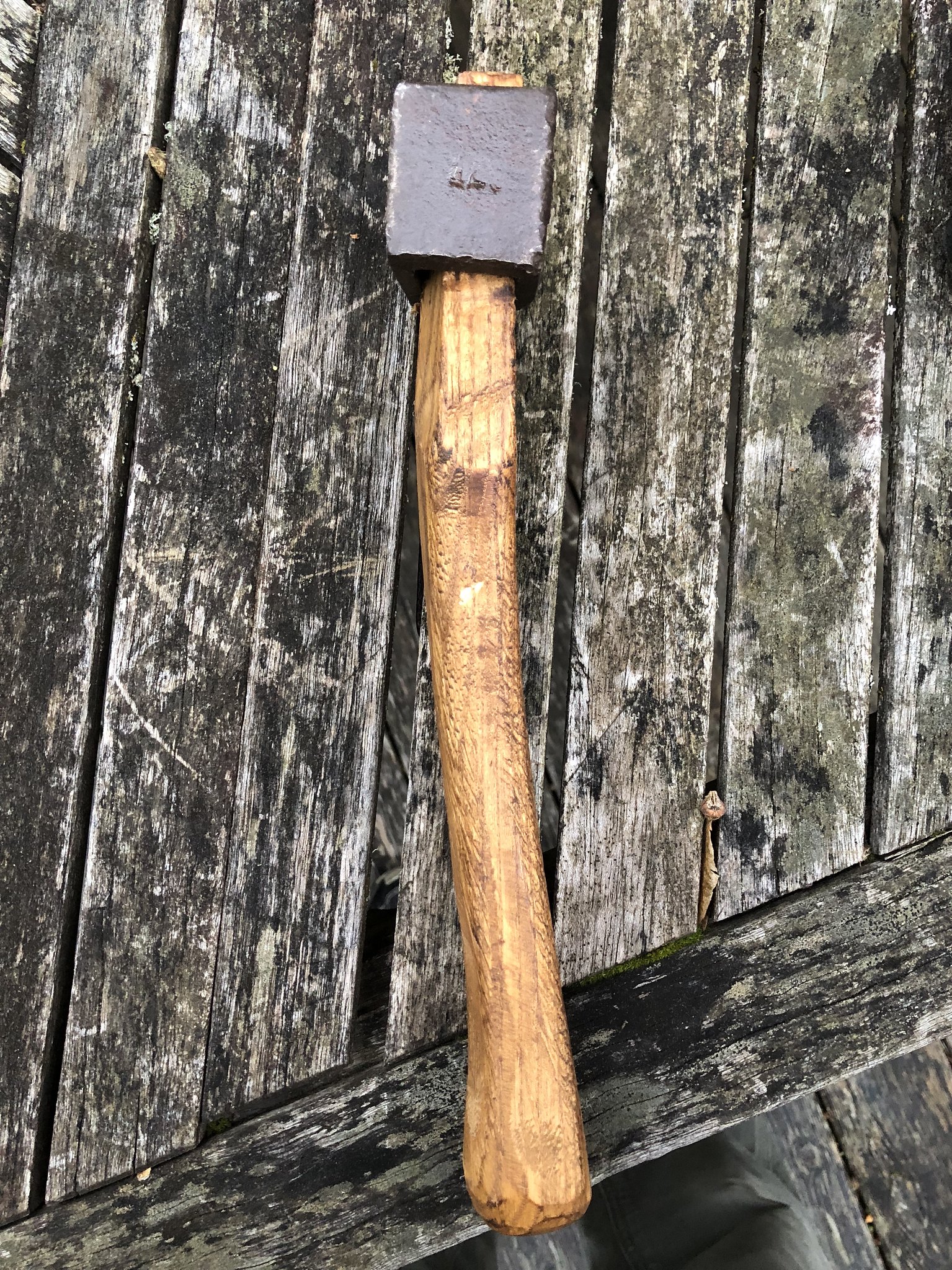
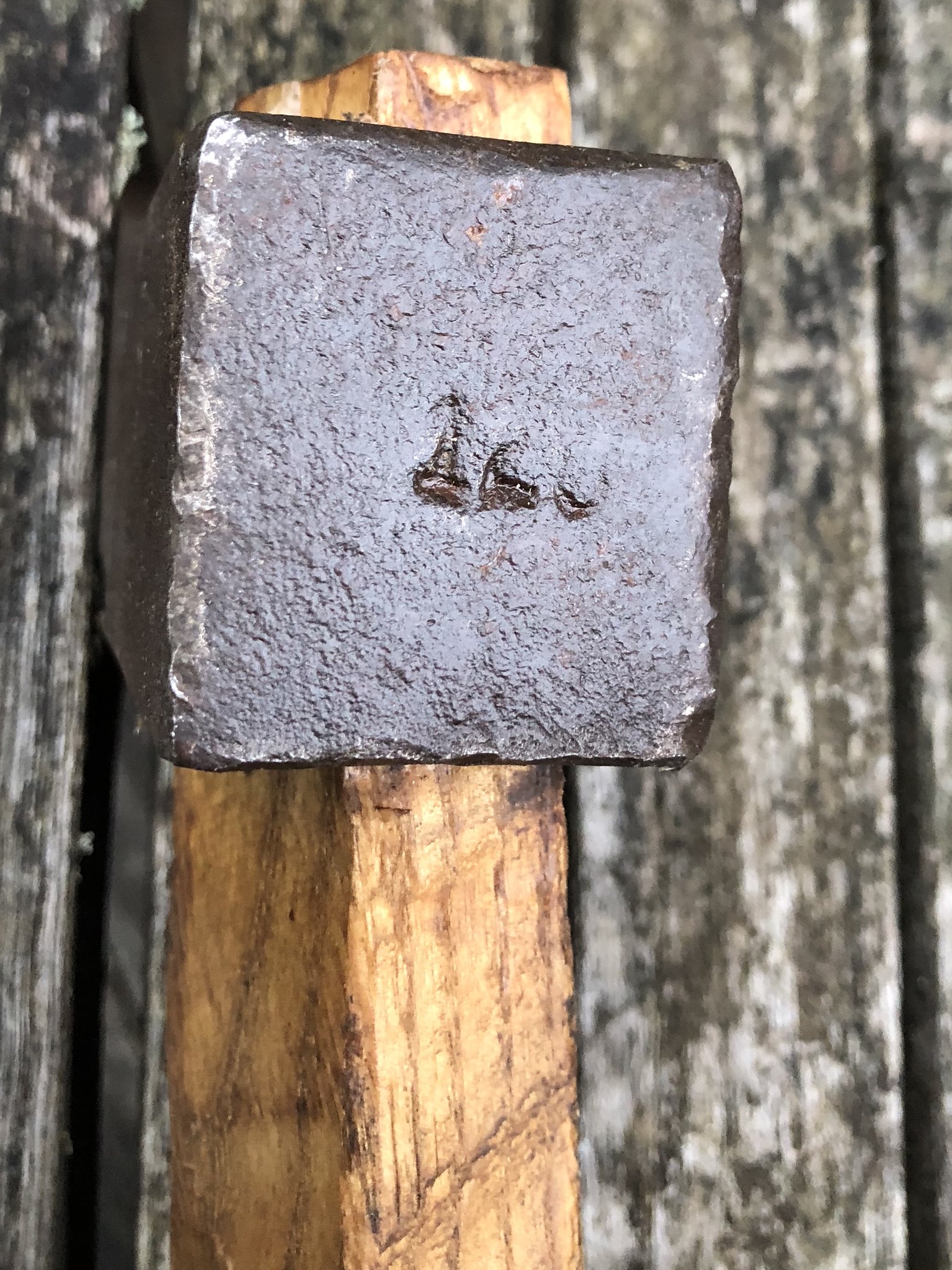

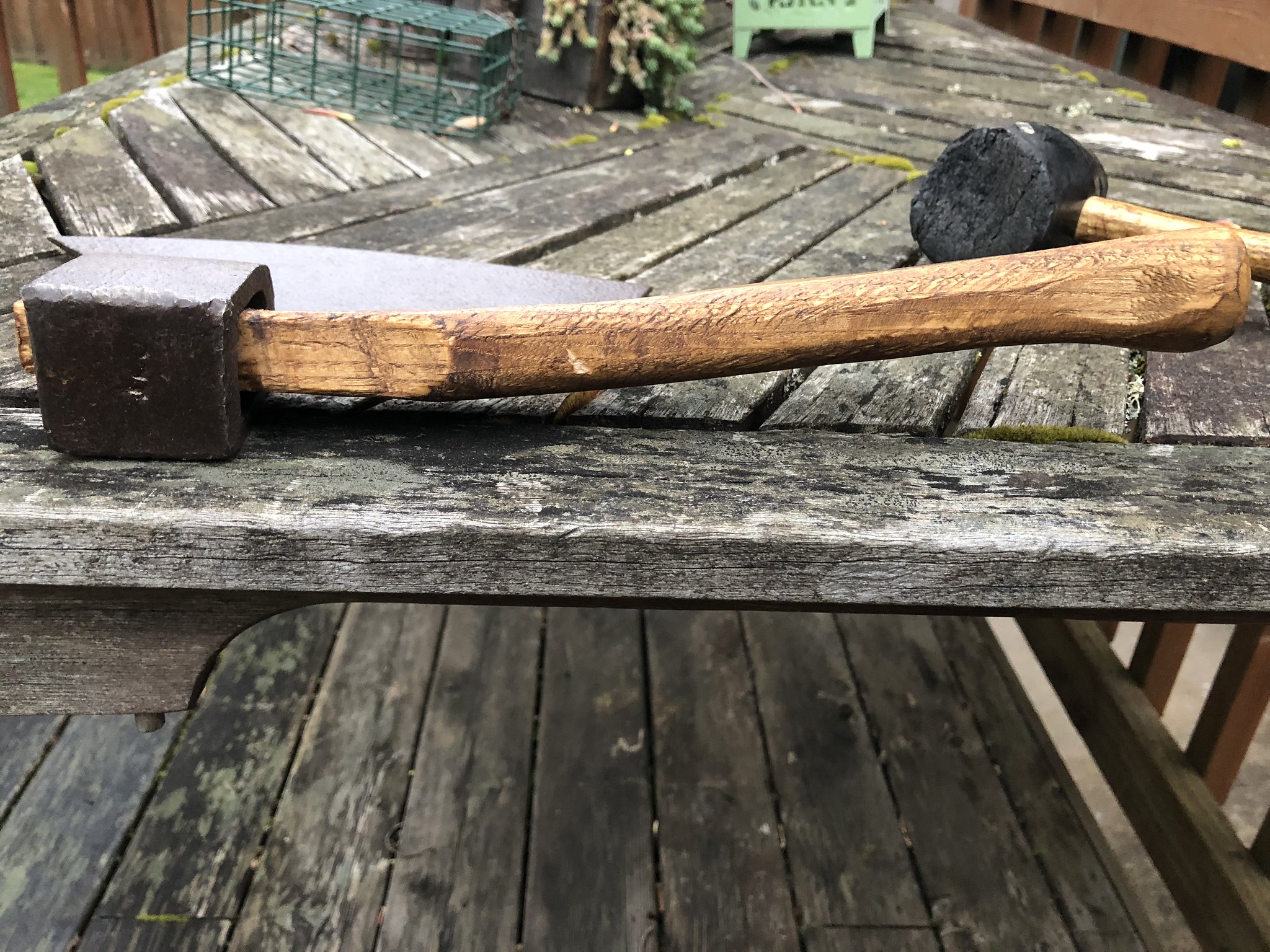

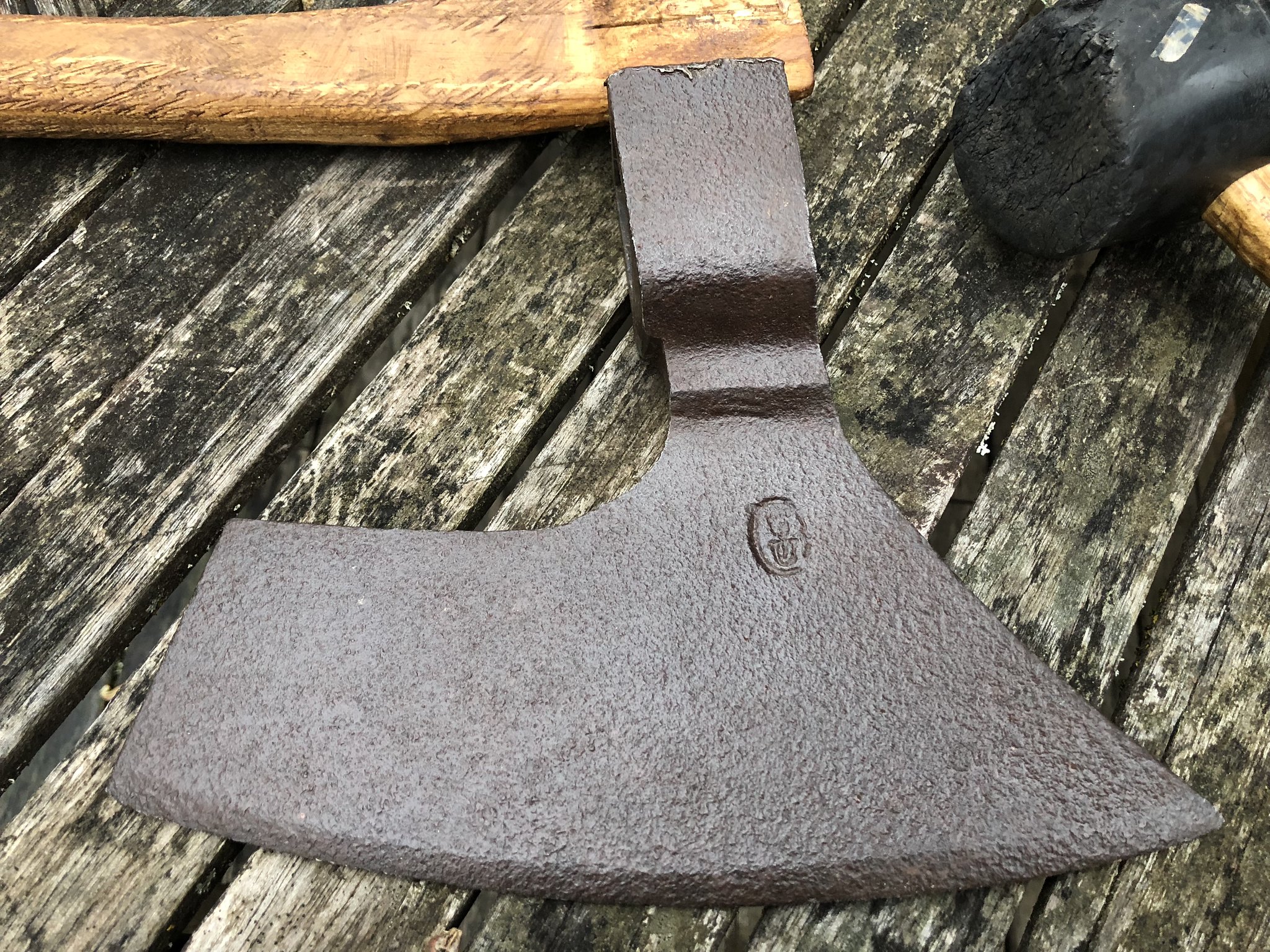
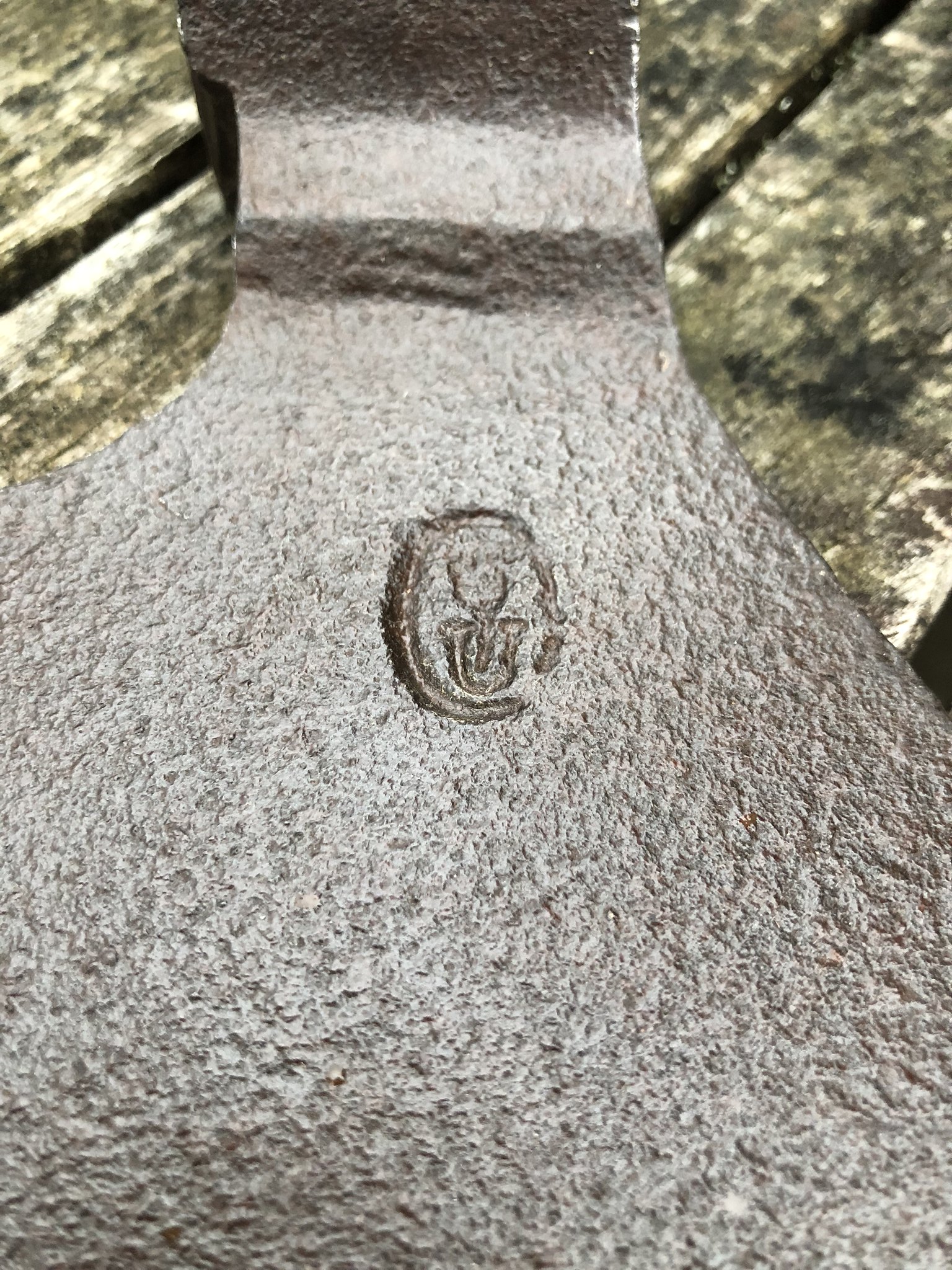
And most of Dutch axe design has evolved from French origin.
Since those are way older still, it could be work hardening? In all actuality the older a steel tool or weapon gets, the harder it becomes once used and preserved. Thats why Gb uses maganese in the axes: Work hardens them faster.
Cleaner than most things I own. Not sure how it was kept or previously cleaned but it worked.
